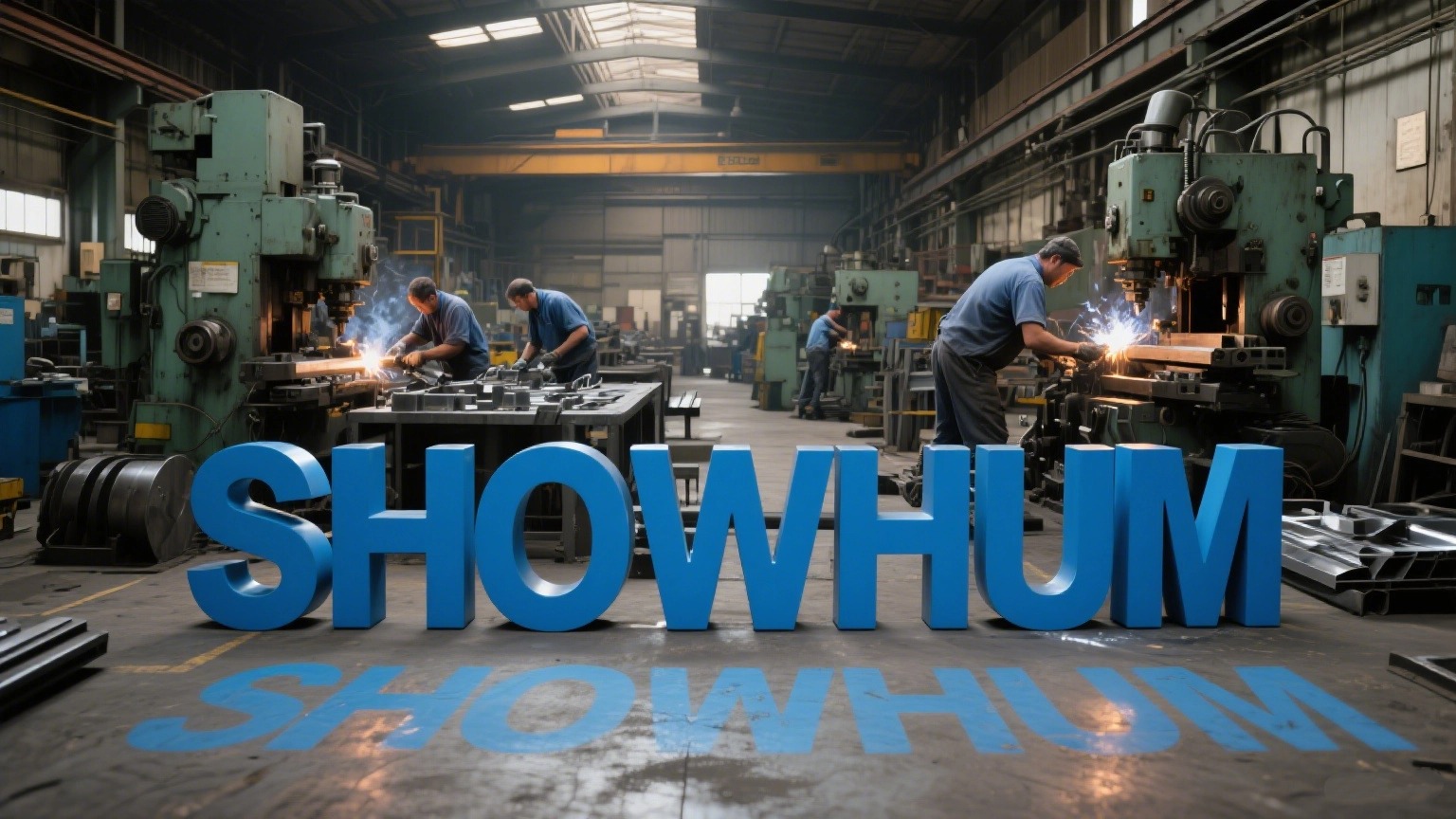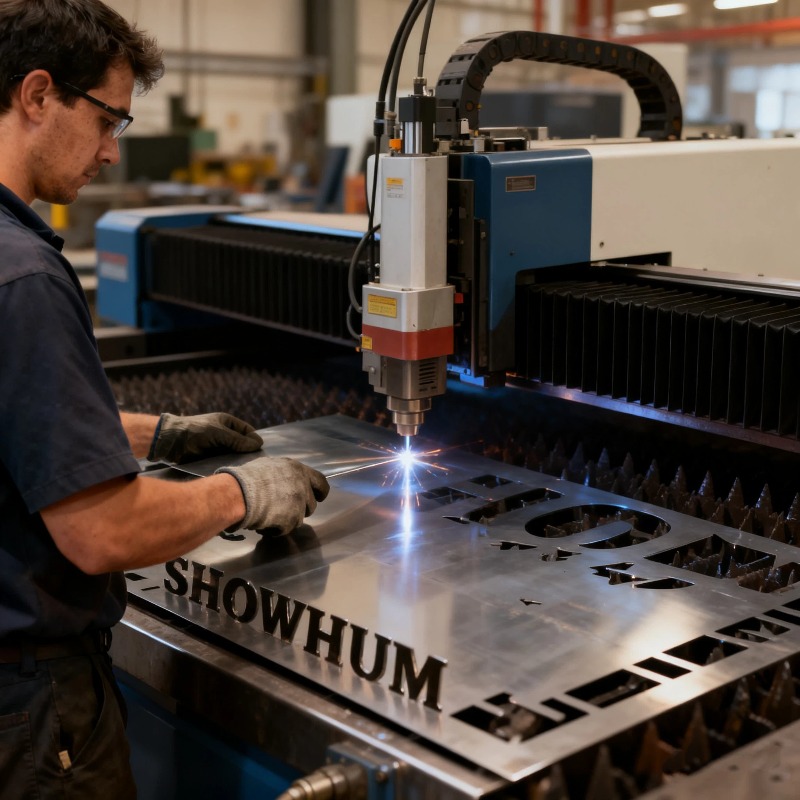
Metal processing is an essential sector in the global manufacturing landscape. It involves various techniques that modify metals into usable forms for a wide array of industries—from automotive to aerospace, construction to consumer electronics. As industries evolve, the demand for metal products continues to grow. The metal processing industry, however, faces a rapidly changing environment, driven by technological advancements, economic shifts, and environmental considerations.
In this article, we'll explore the metal processing industry’s current state, its future prospects, and the key factors influencing its growth.
1. Introduction to Metal Processing
What is Metal Processing?
Metal processing is a process by which raw metal is shaped into more complex products through various techniques, such as casting, forging, welding, machining, and heat treatment. These processes are fundamental in creating metal components used in everything from infrastructure to electronics.
Key Methods of Metal Processing
Some of the most common methods in metal processing include:
Casting: Molten metal is poured into a mold to create a specific shape.
Forging: Metal is shaped by applying compressive forces.
Welding: Different metal parts are joined together using heat.
Machining: Cutting, grinding, or drilling metal into specific shapes.
Heat Treatment: Metal is subjected to high heat to alter its physical properties.
2. Current Trends in Metal Processing
Technological Advancements
The metal processing industry is seeing a surge in the adoption of advanced technologies, such as:
Robotics and Automation: These technologies have led to more precise and efficient metal processing, reducing human error and increasing production speed.
3D Printing and Additive Manufacturing: This revolutionary technology allows for the creation of complex metal parts with minimal waste.
AI and Machine Learning: These technologies are now being used to monitor and optimize metal processing operations in real time.
Sustainability and Environmental Regulations
As environmental concerns grow, the metal processing industry has been under pressure to reduce its carbon footprint. Recyclable materials, energy-efficient production methods, and environmentally friendly technologies are becoming the norm in the industry. Stricter environmental regulations are encouraging companies to adopt greener practices.
Industry Consolidation
In recent years, there has been a growing trend of mergers and acquisitions in the metal processing industry. Larger companies are merging with smaller firms to enhance their market share, reduce costs, and increase operational efficiency.
3. Future Industry Prospects
Increased Demand for Metal Products
As emerging markets continue to grow, the demand for metal products will increase. Industries such as automotive, aerospace, and construction are projected to drive this demand. The continued rise in global infrastructure projects also creates opportunities for metal processors.
Emerging Markets
Asia-Pacific is expected to be the largest region for metal processing growth, driven by the rapid industrialization of countries like China and India. Latin America and Africa are also emerging as key players in the metal processing industry due to their growing manufacturing sectors.
Advanced Materials and Alloys
The increasing demand for lightweight, durable, and high-performance materials will drive innovation in advanced alloys. For example, in the aerospace industry, companies are looking for metals that can withstand high temperatures while being light enough for fuel efficiency. This creates opportunities for metal processors to develop new materials and refine existing ones.

Digitalization and Smart Manufacturing
The future of metal processing is closely tied to the concept of Industry 4.0. Smart factories, equipped with Internet of Things (IoT) sensors, AI, and data analytics, will transform how metal processing is done. These technologies allow for greater precision, faster production times, and lower costs, offering a competitive edge for companies in the industry.
Automation and Labor Efficiency
The need for skilled labor will remain, but automation is expected to play a larger role in reducing human labor costs. While this may initially lead to job losses, it will also create demand for workers with specialized skills in operating advanced machinery and technology.
4. Challenges in the Metal Processing Industry
Material Shortages and Price Fluctuations
The prices of raw metals are volatile, often influenced by geopolitical factors and supply chain disruptions. This can create challenges for metal processors, as they may face rising costs or difficulty sourcing materials.
Labor Shortages and Skills Gap
The demand for skilled workers in the metal processing industry is growing, but many regions face labor shortages. The younger workforce is often more inclined to pursue tech-based jobs, leaving the manufacturing sector with fewer candidates. Closing the skills gap is essential for the industry's continued growth.
Environmental Impact and Regulatory Compliance
As governments around the world tighten environmental regulations, metal processors must keep up with new standards. Failing to do so could lead to costly fines or shutdowns. Investing in eco-friendly technologies and practices is no longer optional; it’s essential for staying competitive.
5. Conclusion: The Road Ahead for Metal Processing
The future of metal processing looks promising, with increased demand and technological advancements driving industry growth. However, the sector faces significant challenges, including price fluctuations, labor shortages, and environmental concerns. The companies that can adapt to these challenges—by adopting new technologies, prioritizing sustainability, and investing in skilled workers—will emerge as leaders in this evolving industry.

By leveraging automation, smart manufacturing, and advanced materials, metal processors can position themselves at the forefront of the industry. As long as they remain responsive to market trends and environmental regulations, the metal processing industry will continue to thrive for years to come.
 Sheet Metal Fabrication: Precision, Durability, and Versatility for Industrial Applications
Sheet Metal Fabrication: Precision, Durability, and Versatility for Industrial Applications
Sheet Metal Fabrication: Precision, Durability, and Versatility for Industrial Applications